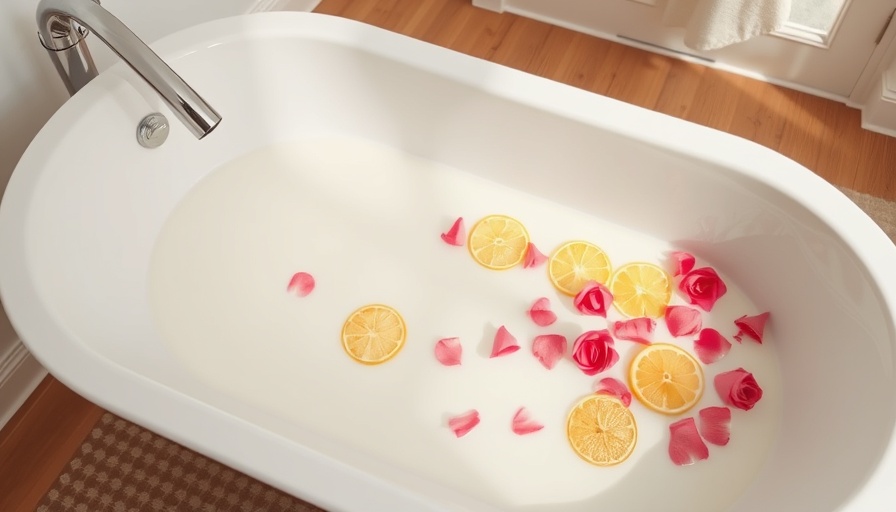
Your Ultimate Guide to Safely Cleaning Silk Rugs
When it comes to maintaining the elegance of a silk rug, the cleaning process requires precision and care. As many homeowners and businesses know, investing in a silk rug usually means you're dealing with something that transcends mere decoration—it's a statement piece that embodies luxury and artistry. But how do you preserve its beauty without the risk of damaging this precious textile? Fear not! We're here to walk you through a step-by-step process that'll help keep your silk rug looking pristine.
Understanding the Delicacy of Silk
Silk has been touted as one of the finest fabrics for thousands of years. Making sure your cleaning methods respect its delicate nature is crucial. Silk fibers can be sensitive to changes in temperature, moisture, and cleaning materials; therefore, the slightest misstep can lead to irreversible damage. To ensure longevity, take a few preventative measures—reshaping, minimizing foot traffic, and protecting against spills can go a long way. Regular vacuuming (without a beater brush) will help you keep everyday dust at bay.
Step-by-Step Cleaning Process for Your Silk Rug
The cleaning process doesn't have to be daunting, so let's break it down:
- Surface Debris Removal: Start by using a soft broom gently to sweep away surface dirt. A light touch will protect the silk fibers while removing visible debris.
- Vacuuming: After sweeping, opt for a gentle vacuum cleaner with a brushless attachment. This will help extract dirt hidden deeper in the fibers without causing damage.
- Treatment for Stains: If you encounter stubborn stains, sprinkle some baking soda on the affected area. Let it sit for 15 minutes to absorb the mess before proceeding.
- The Vinegar Solution: Mixing equal parts vinegar and warm water creates a gentle cleaning solution that's effective against lingering stains. Blot the area rather than rub it, as rubbing can pull or damage fibers.
- Dry Cleaning: After treatment, always finish with clean, dry cloths. You want to remove any residual moisture without saturating the rug. Air dry it in a well-ventilated area.
When to Call in the Professionals
While these DIY methods are effective, it's worth noting that certain situations demand the expertise of a professional. If stains persist or if your rug requires restorative cleaning, enlist the help of someone experienced with silk fabrics. This could save you time and ensure your rug maintains its luxurious aesthetic.
Your Takeaway
Understanding how to properly care for a silk rug not only preserves its beauty but extends its life. Whether you're a homeowner or a small business owner within the home improvement industry, these cleaning tips can enhance your sanity—and your silk rug!
If you want to dive deeper into home improvement tips, check out other insightful articles. Stay ahead in your industry by equipping yourself with knowledge that truly makes a difference!
 Add Row
Add Row  Add
Add 




Write A Comment